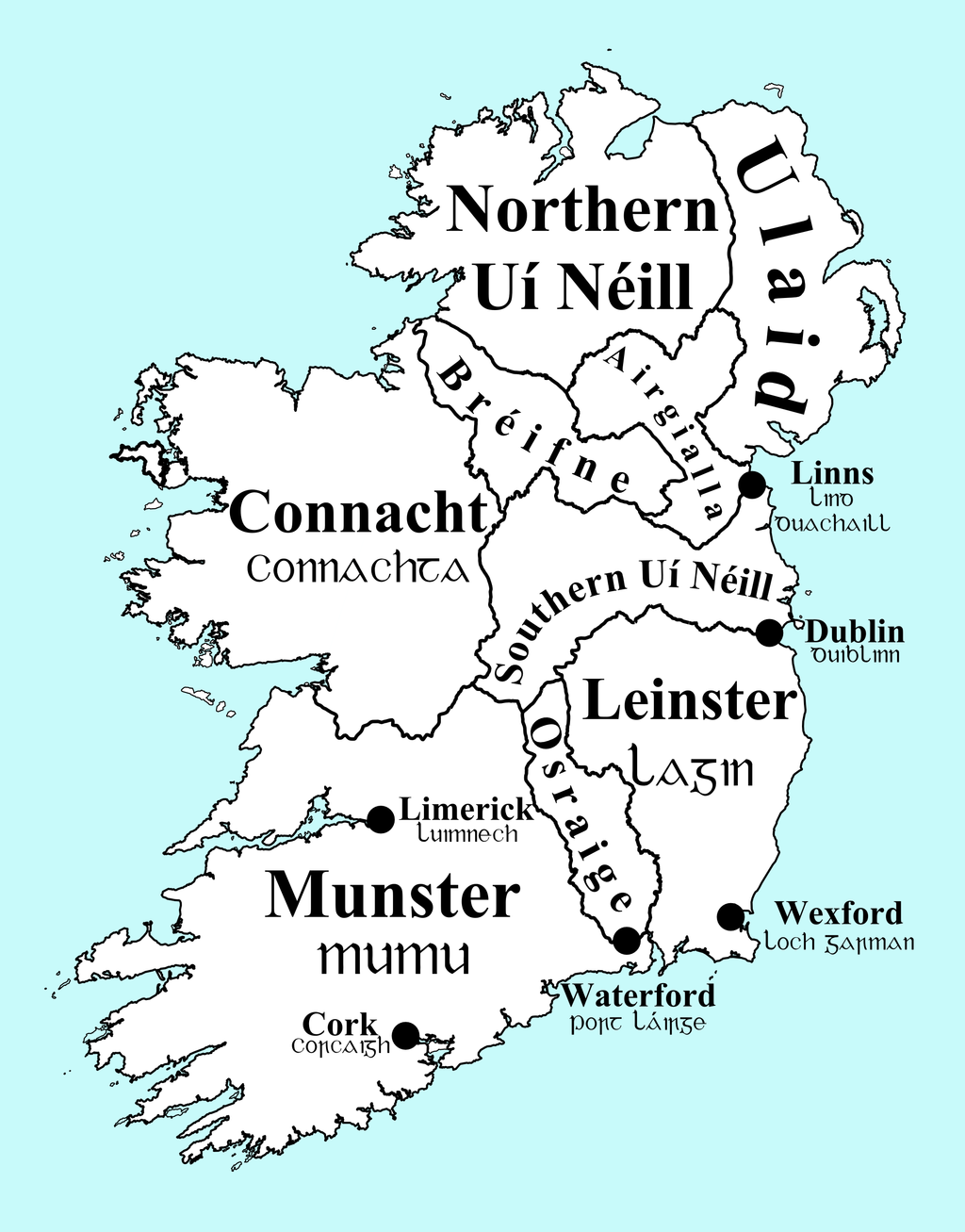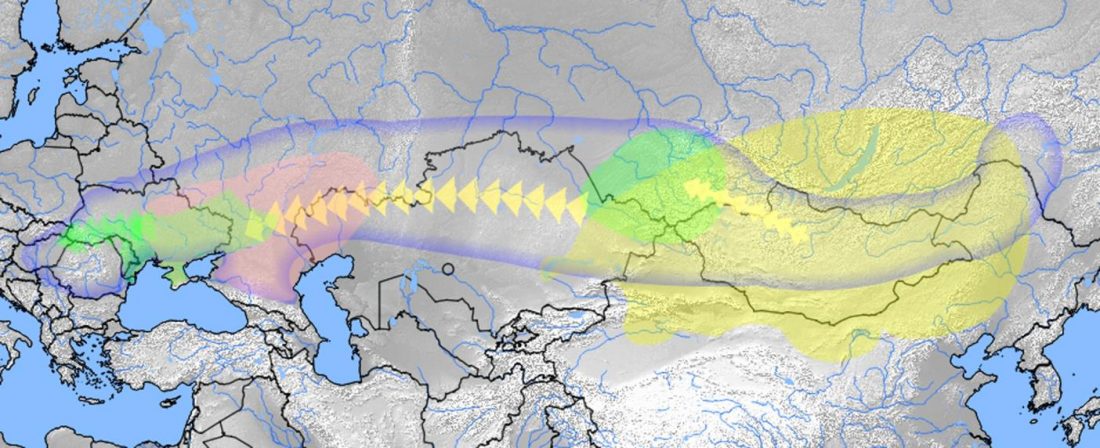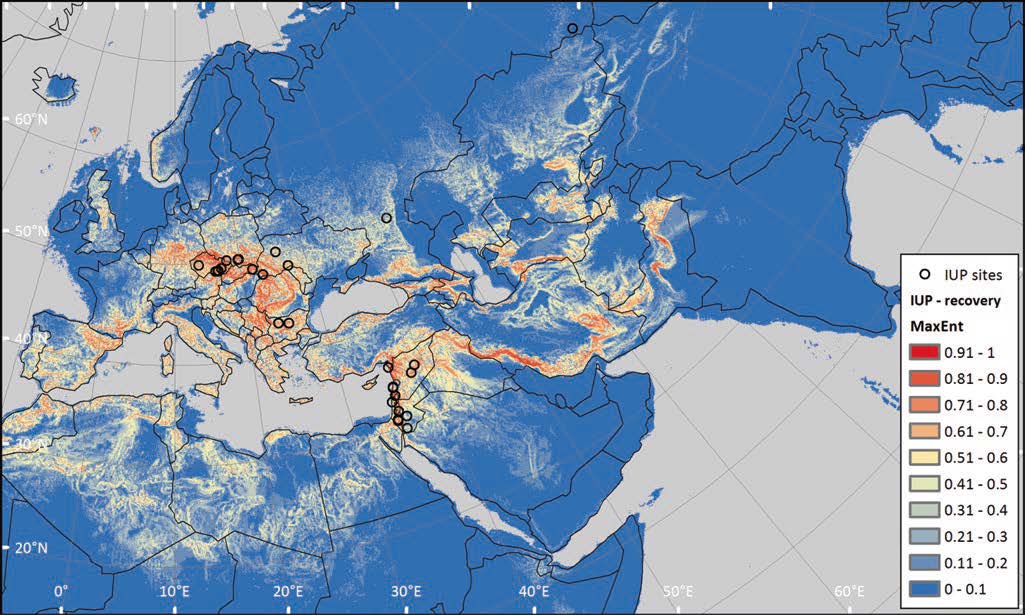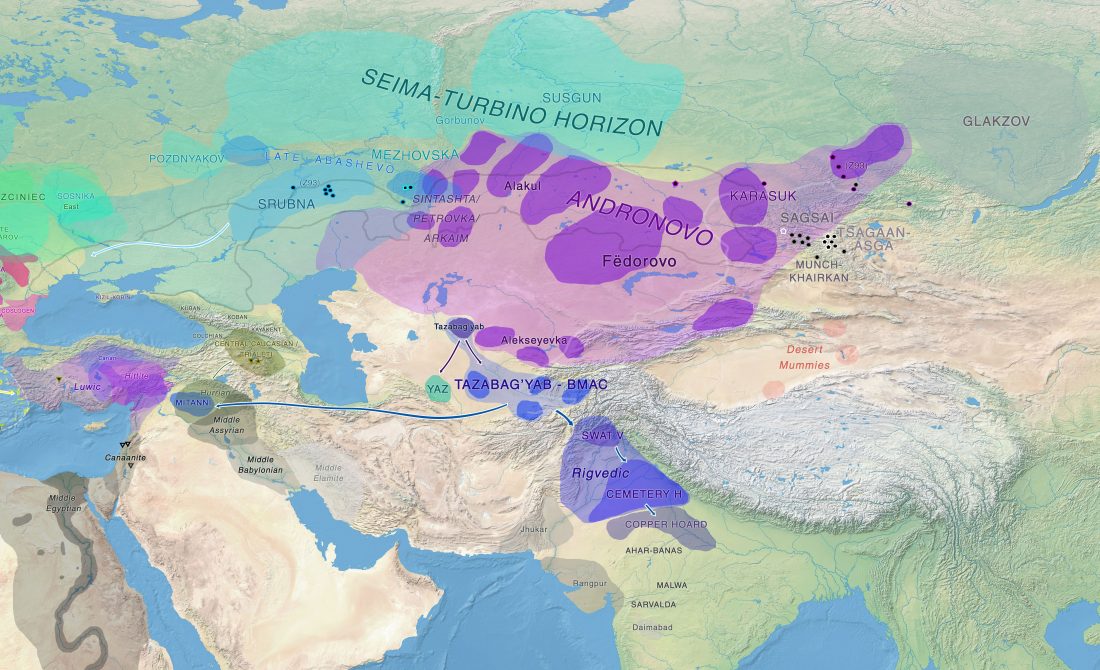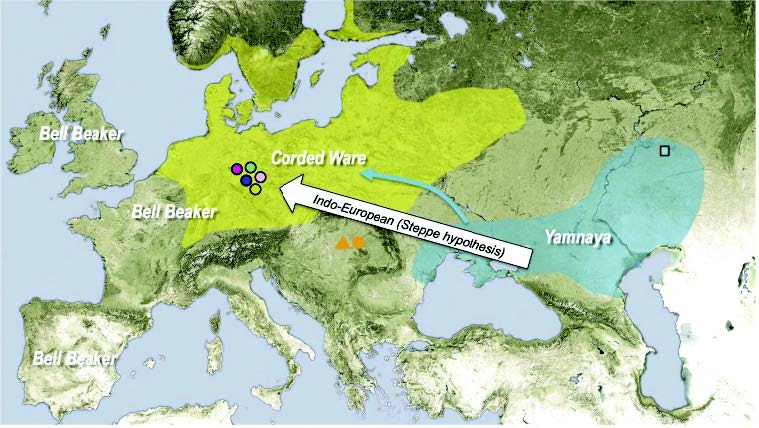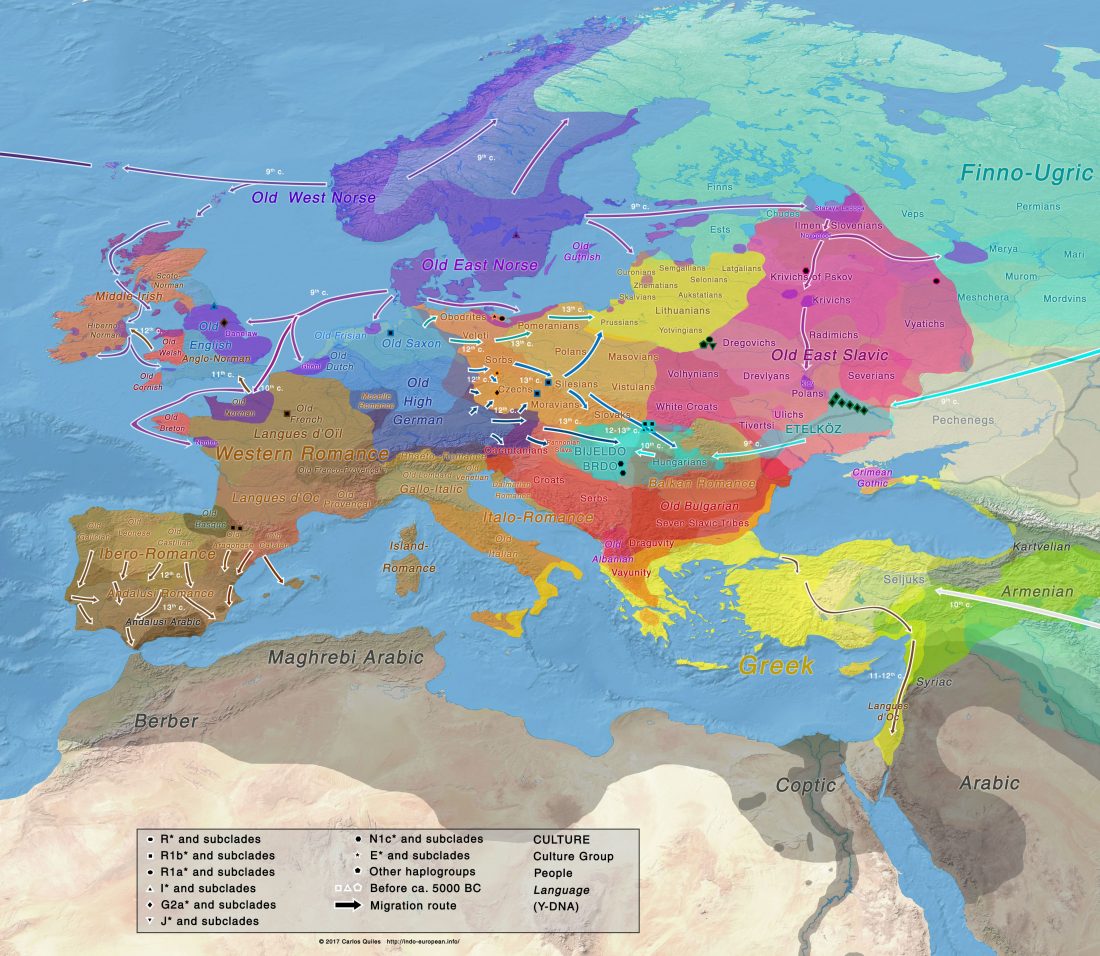Beginning with the new year, I wanted to commit myself to some predictions, as I did last year, even though they constantly change with new data.
I recently read Proto-Indo-European homelands – ancient genetic clues at last?, by Edward Pegler, which is a good summary of the current state of the art in the Indo-European question for many geneticists – and thus a great example of how well Genetics can influence Indo-European studies, and how badly it can be used to interpret actual cultural events – although more time is necessary for some to realize it. Notice for … Read the rest “The Indo-European demic diffusion model, and the “R1b – Indo-European” association”

